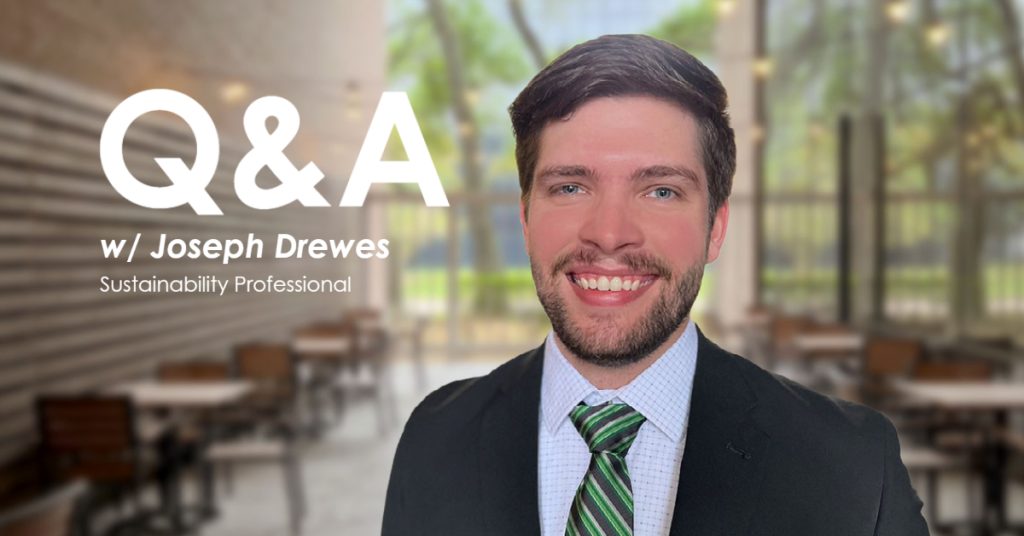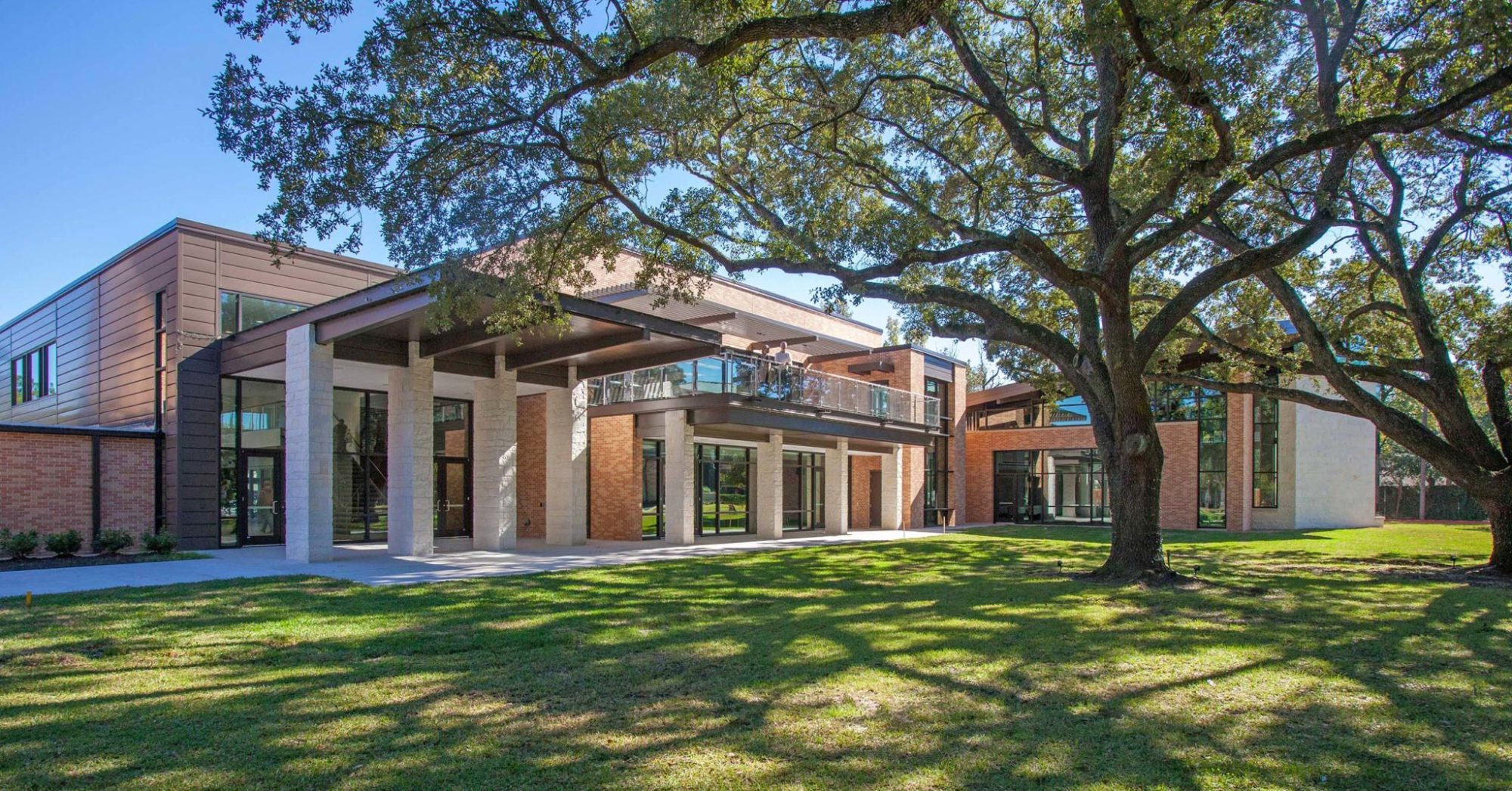
Joseph Drewes serves as a Sustainability Professional at DBR, managing the firm’s LEED certified projects, energy models, and answering all questions about sustainable design. Joseph joined the firm in 2021 and has developed a wide range of project experience including everything from schools and office buildings to high rises and community projects. Joseph holds a Bachelor of Arts in Sustainability Studies and Natural Resource Management from The University of Texas at Austin.
As a member of USGBC Texas, Joseph has developed an understanding of green building design and energy-efficient management practices. With a conscience for responsible and sustainable design, he works to ensure a better-built environment for our clients.
In his free time, Joseph enjoys golfing, playing music, and traveling.
Joseph’s passion for green building and environmental wellness is evident in the work he does to improve building performance. He is creative, intelligent, and champions sustainability efforts in and around the office.
Q&A with Joseph
Q: Should clients pursue LEED certification or just implement best practices? How is energy modeling beneficial?
A: Both, if they can! The main benefits of pursuing LEED certifications are the established framework for environmentally friendly building design and the accountability built into their system. As a design firm, we deal mostly with LEED’s construction-based certifications, which emphasize efficient building designs with reduced carbon footprints. Implementing best practices help in the long run of a building’s life cycle: we as a design firm won’t notice the immediate benefits of reducing a building’s energy usage, but our clients and the building’s tenants will, and happy owners like working with companies that create good buildings for them and their people.
Energy modeling is beneficial for all stages of the design process. If we can build models early in the design process, we can test different mechanical systems, lighting loads, plumbing fixtures, and even envelope constructions. This information allows everyone involved in the project to make informed decisions when it’s cheaper and easier to do so, and it’s the easiest way to design efficient buildings. In the later stages of design, we’ll use energy modeling to make sure buildings meet code requirements or confirm efficiency requirements for LEED.
Q: How do we address environmental resiliency in our buildings and design for Net Zero Energy?
A: So many ways to do this! Small steps like using all-LED lighting or no CFCs in HVAC equipment (we already do this on projects and it’s awesome) greatly reduce a building’s environmental strain, and there’s some higher-end technology that can be incredibly helpful but requires collaboration with the rest of a project team. I’m talking about irrigation-free landscaping, green roofs, natural ventilation and lighting, things that require extreme coordination and make architects happier than a pig in mud.
For DBR’s Net Zero designs, we just have to be conscious that the decisions made in a project will have lasting effects. We can offset our energy usage with pV and other renewables already, but designing with environmental resiliency in mind requires that we anticipate the changing climate of the location where our projects are located and design with that in mind.
Q: As a Sustainability Professional, what do you see as key opportunities in the near future and what have you found yourself focusing on most?
A: There have been developments in each of the major disciplines worth discussing. For plumbing, it’s rainwater catchment and reuse. Clean water has become more a privilege than a right, and rainwater harvesting and reuse for fixtures or irrigation is something that will move quickly from a novelty to a necessity. Mechanical design has focused a lot recently on extremely efficient system design, and we’ve started implementing some of these systems on our projects. Most of the developments make my head spin but they’re exciting nonetheless.
Most of the opportunities exist in electrical design though, and it’s where I’ve spent the most time. Hyper-efficient LEDs and charging stations interest me and we have already implemented these in a number of our projects. But when it comes to Net Zero, designing with pV systems in mind is the way to go. Photovoltaic systems are the easiest way to offset a building’s energy usage, and we’re finally starting to see reasonable payback times on their installation. Innovations like this develop quickly, and what’s cutting-edge today will be standard tomorrow. It’s critical that we stay up-to-date on these advancements and work to incorporate new technology into our projects.
